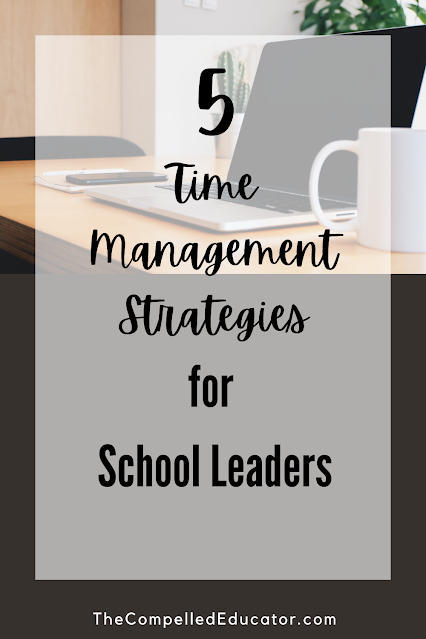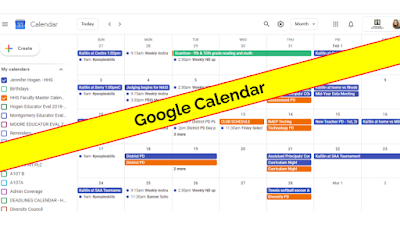Below is a guest post by one of Hoover High School's teachers, Sara Taylor. She recently hosted a day for second graders to visit her classroom so that they could be taught by high school students for part of the day. Talk about authentic assessment! Sara was so excited and proud of her students for the incredible job they did that day.... I asked her to write a blog post describing the experience so that I could share it with you. Enjoy!
f
Ocean Fun Day: 2nd
Graders Visit Hoover High School Marine Science
by Sara Taylor
It all started with Open House – one of
my student’s parents teaches second grade and asked if I would ever want to coordinate
to have our kids work together somehow.
“Yes!” was my instinctual response at the idea, and visions of
possibilities began flashing in my mind.
After many drafts of figuring out the
setup, the concepts, and logistics, I came up with something I’d never done
before: a plan to host a second grade class during normal school hours, with
all of my students and 2nd graders in one classroom. Chaotic?
Perhaps, but we’ll give it a whirl!
Here’s how it went down:
The setup for the day was to have my
students teach the 2nd graders in a station arrangement, staying
with their 2nd graders as they moved from station to station. Since the concepts were all things they had
learned this semester, it served as a fantastic semester review for them.
Here’s a list of the stations:
·
Why the ocean is important
·
Beach safety (stingrays,
jellyfish, beach flags)
·
Sand from around the world
·
Sand experiment (how to tell if it
has seashells or coral in it)
·
Beach in a bucket (beach discovery
sort)
Stations where the students could touch the animals:
·
Seashells
·
Sea stars
·
Sea urchins
·
Hermit crab
The day before the 2nd graders
came, I had my students visit each station to feel prepared for the next day
and know what they would be teaching at each station.
As a pre-activity for the 2nd graders,
I sent Mrs. Galey a brief PowerPoint and video clips. I wanted to be sure that the kids had some
pre-instruction on rules for touching the creatures to ensure they were handled
properly, while also cultivating enthusiasm and excitement for the day.
Here are a few slides:



As soon as the 2nd graders
arrived, it was off to the races! My
students took the reins and started teaching right away. The “little” kids got Ocean Discovery binders
to fill in as they went to each station (which, by the way, they were so excited
that they were able to keep them!). When
it was time for the bell to switch classes, I noticed some of the 2nd
graders were sad to see their high school buddies go. Several of the 2nd graders watched
in awe in the halls as the students traveled to their next class. When the next period arrived, the high
schoolers took over seamlessly where the last period had left off.
It was incredible to see the high school
kids so confident and enthusiastic as they taught the 2nd
graders. The 2nd graders were
in complete adoration and eager to learn from the “big” kids. I found myself being impressed and pleasantly
surprised many times as I heard my students explain concepts accurately and
enthusiastically. Many glowed like I had
never seen! There were many touching moments
when 2nd graders stepped outside of their comfort zone to hold a sea
urchin, practice the “stingray shuffle,” or ask an inquisitive question to
their high school buddy.

When they returned to their school, the 2nd
graders wrote thank you letters to me and my students. It was heartwarming to see how much they
enjoyed the experience and learned. I
couldn’t resist reading many of the letters to my students, and the “awws” and
expressions on their faces revealed that they were just as affected.
Chaotic?
Not nearly as chaotic as I had thought it might be. The 2nd graders were very
well-behaved thanks to Mrs. Galey’s magic, and the structure of the station
learning provided authentic engagement for both levels of students. All in all, an incredibly rewarding day for
teachers and students alike!


































.png)
